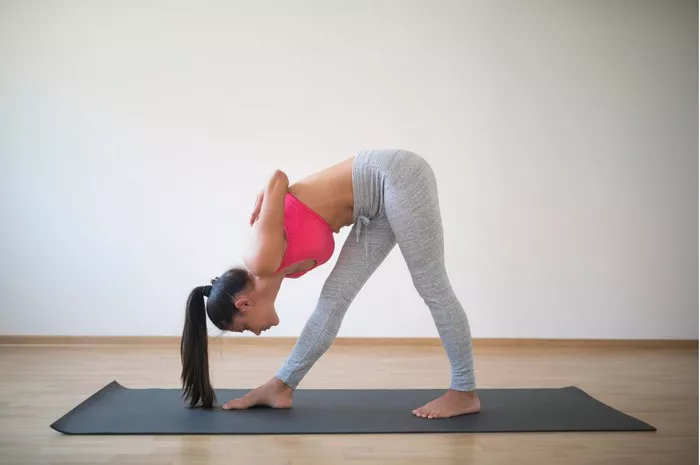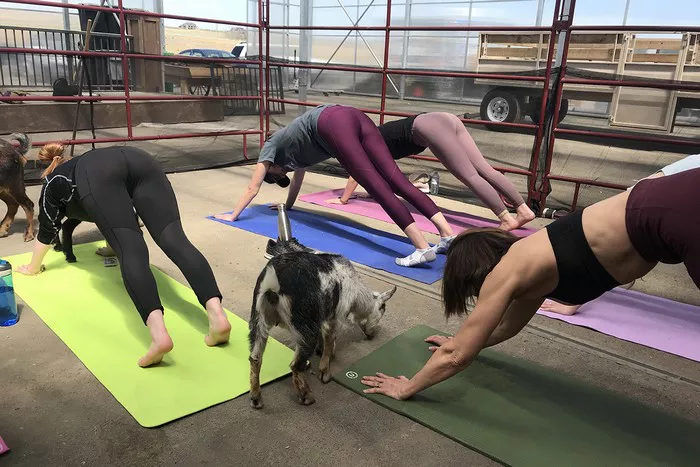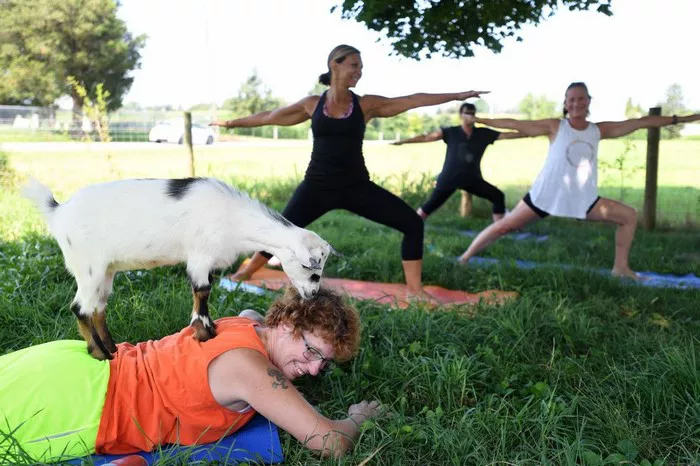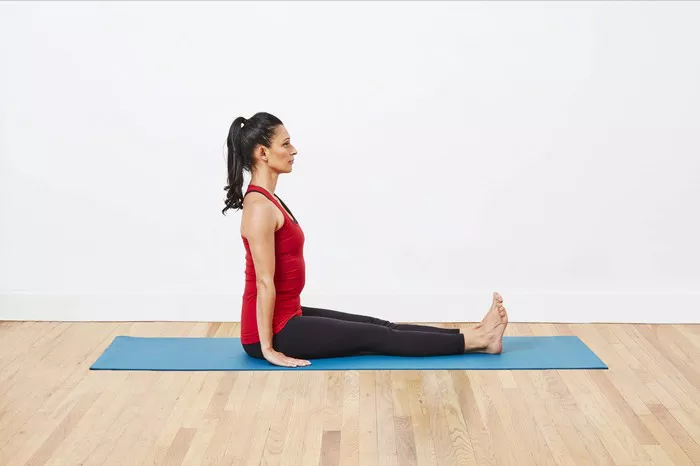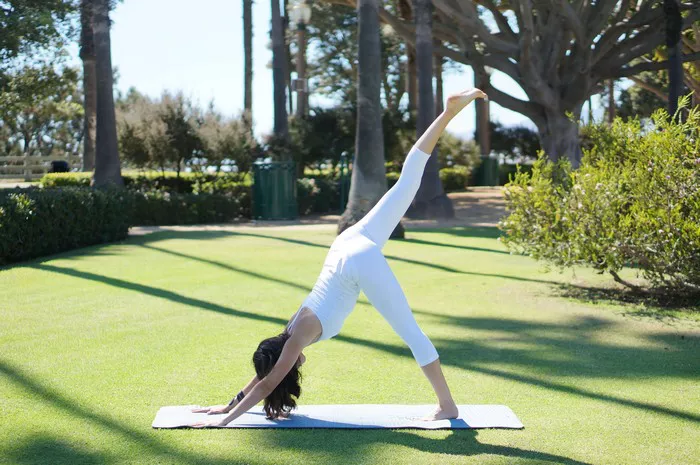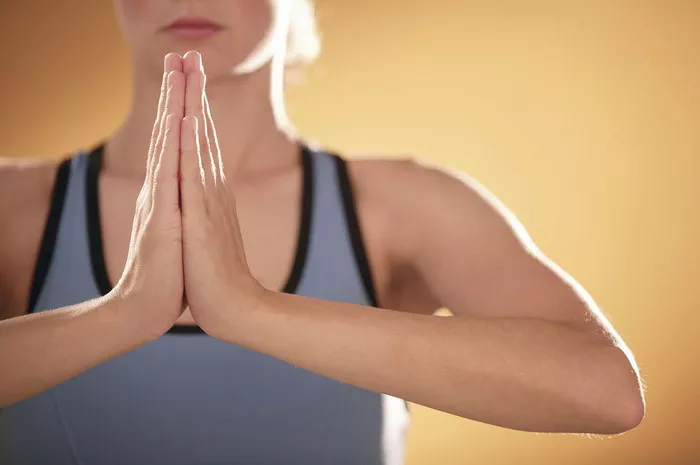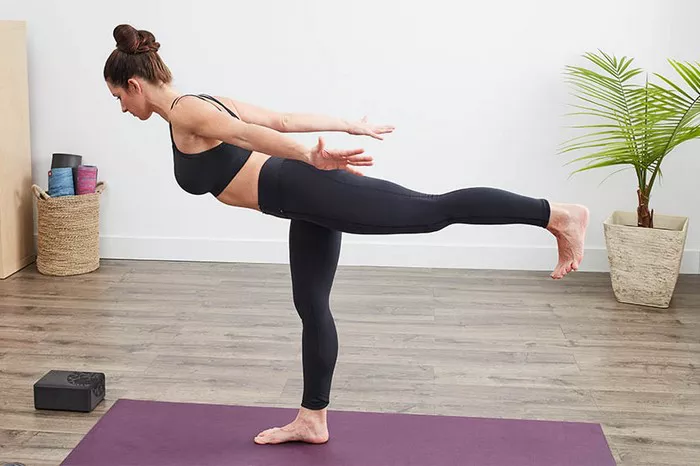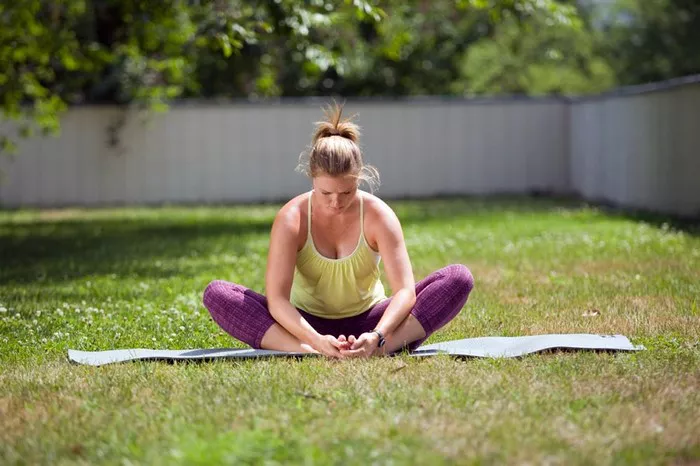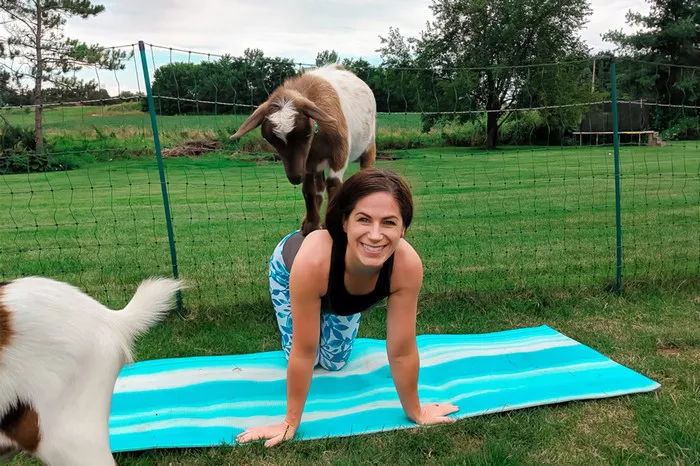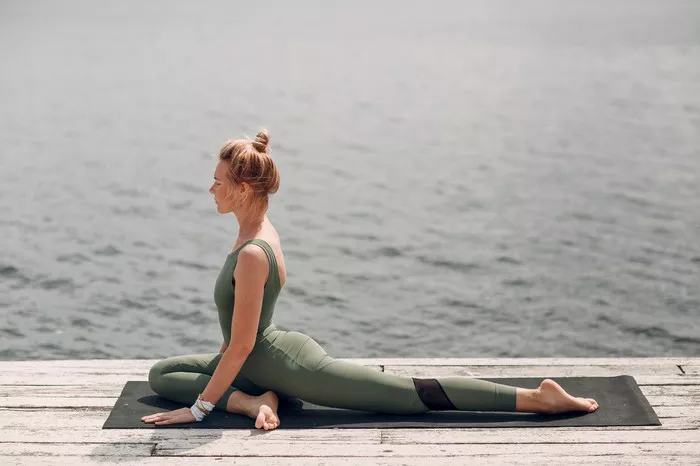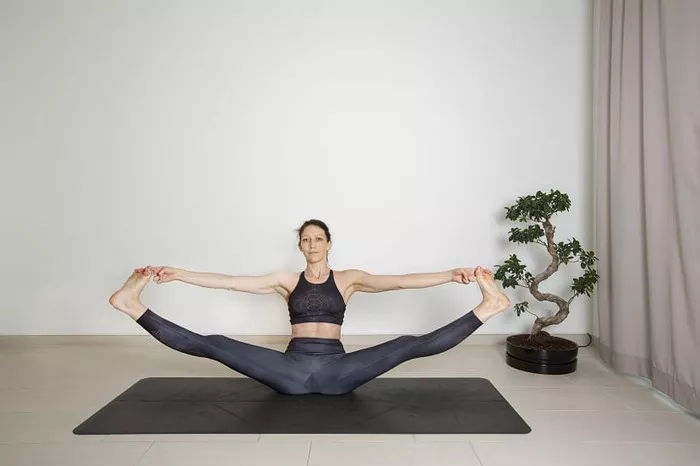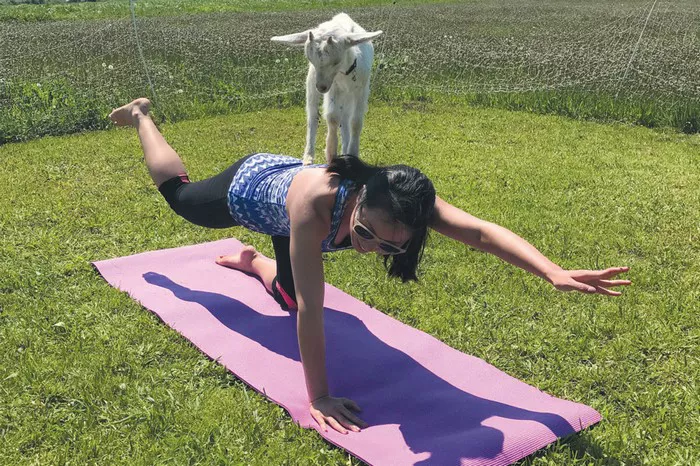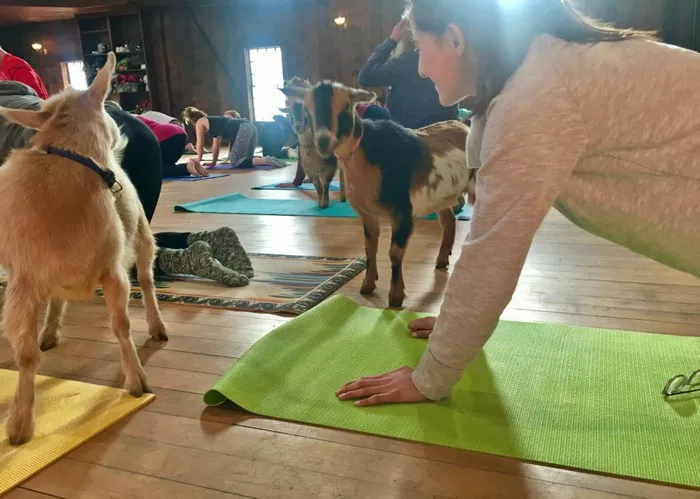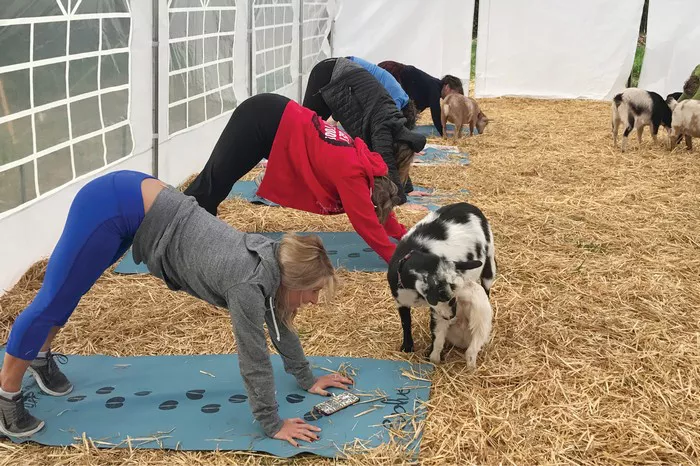Kriya Yoga is an ancient system of yoga that focuses on the integration of body, breath, and mind. Its practices have been passed down through generations, with a primary goal to accelerate spiritual growth, self-realization, and inner peace. With the advent of modern technology and the busyness of daily life, many people have found solace in practicing yoga at home. In this article, we will explore how you can practice Kriya Yoga at home in a structured and mindful manner, keeping the essence of the practice intact.
What is Kriya Yoga?
Kriya Yoga is a comprehensive and powerful spiritual practice that combines physical postures, breath control techniques, concentration, meditation, and self-discipline to harmonize the mind and body. The term “Kriya” is derived from the Sanskrit word meaning “action” or “deed,” and it refers to the set of techniques used to purify the body and mind, ultimately helping the practitioner achieve higher states of consciousness.
The system of Kriya Yoga was popularized by the great yogi, Paramahansa Yogananda, in his famous work Autobiography of a Yogi. However, Kriya Yoga has roots in ancient India and was taught by great masters like Swami Sivananda and Swami Vivekananda. One of the key elements of Kriya Yoga is its emphasis on controlling the prana (life force energy) within the body to achieve mental stillness and spiritual awareness.
Benefits of Practicing Kriya Yoga
Before diving into how to practice Kriya Yoga at home, it’s essential to understand the potential benefits of this discipline. Regular practice of Kriya Yoga can:
Purify the mind and body: Kriya Yoga helps to detoxify the physical body, release emotional blockages, and reduce stress, which leads to a clearer, calmer state of mind.
Improve concentration and focus: Through breathing techniques and meditation, Kriya Yoga enhances your ability to focus, boosting mental clarity and cognitive abilities.
Promote relaxation: It helps activate the parasympathetic nervous system, promoting deep relaxation and reducing the effects of stress.
Increase energy levels: The control of breath and the flow of prana energizes the body and boosts vitality, helping you to feel more active and alive.
Foster spiritual growth: Kriya Yoga brings a deeper sense of inner peace, helping to cultivate a greater connection with your true self and the divine.
Promote emotional stability: The practices help release negative emotions and cultivate an attitude of acceptance and gratitude.
Improve physical health: As a system that encourages physical postures and controlled breathwork, Kriya Yoga can also help alleviate physical ailments like tension, headaches, and fatigue.
What You Need to Practice Kriya Yoga at Home
While the most effective way to learn Kriya Yoga is under the guidance of an experienced teacher, practicing at home is also possible with the right preparation. Here’s what you need to get started:
A Quiet and Comfortable Space: A clean, quiet, and comfortable place is essential. Choose a space free from distractions, where you can focus entirely on your practice. This could be a corner in your room, a garden, or even a peaceful outdoor space.
Comfortable Clothing: Wear loose, breathable clothing that doesn’t restrict your movement. The body should feel relaxed during the practice.
Yoga Mat or Cushion: Having a yoga mat for physical postures (asanas) is beneficial. For meditation and breathing practices, a cushion or blanket can be used for sitting comfortably.
Breathing Techniques: A beginner should start by mastering simple pranayama techniques like Nadi Shodhana (alternate nostril breathing) or Ujjayi (victorious breath). These will prepare the body for the more advanced practices of Kriya Yoga.
An Open Mind: Kriya Yoga can sometimes challenge conventional thinking, especially when it comes to deeply introspective practices. Being open-minded and patient is crucial.
The Core Practices of Kriya Yoga
Kriya Yoga is composed of a series of practices that work on the physical, mental, and spiritual planes. Here are the key elements of Kriya Yoga that you can begin practicing at home:
1. Asanas (Physical Postures)
The physical postures or asanas in Kriya Yoga are important for preparing the body to sit for long periods in meditation and pranayama. They help build flexibility, strength, and alignment. The most common asanas practiced in Kriya Yoga include:
Padmasana (Lotus Pose): This seated posture is ideal for meditation. It helps improve focus, concentration, and circulation, preparing the body for stillness.
Sukhasana (Easy Pose): Another seated pose, which is less intense than Padmasana. It is ideal for beginners and helps maintain balance and comfort.
Bhujangasana (Cobra Pose): This posture helps open the chest and energize the body. It improves spinal flexibility and stimulates the nervous system.
Downward Dog (Adho Mukha Svanasana): A great full-body stretch that improves blood circulation, flexibility, and strengthens the core.
You should practice asanas in a slow, mindful manner, paying attention to your breath and body sensations. This will prepare you for the next stages of the practice.
2. Pranayama (Breathing Techniques)
Breathing exercises or pranayama are a key component of Kriya Yoga. These techniques are designed to regulate the flow of prana in the body, calm the nervous system, and prepare the mind for meditation. Some of the most effective pranayama techniques to practice at home include:
Kapalbhati (Skull Shining Breath): This involves rapid exhalation through the nostrils while the inhalation is passive. It helps to clear the mind, improve digestion, and energize the body.
Nadi Shodhana (Alternate Nostril Breathing): This technique balances the flow of energy through both nostrils, promoting mental clarity, reducing anxiety, and harmonizing the body and mind.
Ujjayi Breath (Victorious Breath): Ujjayi involves breathing through the nose with a slight constriction in the throat, creating a soft, whispering sound. This technique helps regulate the flow of breath and brings focus during meditation.
It’s important to practice these techniques slowly and consistently. Kriya Yoga relies heavily on the mastery of breath control to facilitate the movement of prana in the body.
3. Dhyana (Meditation)
Meditation is at the heart of Kriya Yoga. Through meditation, the practitioner can quiet the mind, transcend the fluctuations of thought, and experience a state of pure awareness.
Chidakasha Dharana: A form of concentration where you focus your gaze between the eyebrows (the “third eye”). This practice is believed to awaken the latent energy within and align the practitioner with their higher consciousness.
Kriya Meditation: This involves combining breathing techniques with mental visualization and mantra chanting to awaken dormant spiritual energy. The most common form of Kriya Meditation is called the “Kriya Pranayama,” which involves focused breath retention, visualization, and the repetition of a mantra to activate inner awareness.
You can begin with 10-15 minutes of meditation a day and gradually increase the duration. The key is consistency and cultivating a deep sense of stillness during your practice.
4. Pratyahara (Withdrawal of the Senses)
Pratyahara is the practice of turning inward and withdrawing the senses from the distractions of the external world. This is a precursor to deeper meditation and allows the practitioner to focus their awareness on the inner self.
To practice pratyahara at home, sit in a comfortable position, close your eyes, and focus on the breath. Let go of any external thoughts or distractions. Allow the mind to become completely still. This practice prepares you for the higher stages of meditation and spiritual awakening.
5. Dharana (Concentration)
Dharana is the practice of concentration, where the practitioner focuses on a single object, thought, or point of focus. In Kriya Yoga, this could be your breath, a mantra, or the space between your eyebrows.
To practice dharana at home, choose an object or point of focus, and gently direct your attention toward it. Keep your mind centered on the object, and whenever distractions arise, gently bring your focus back. Start with short periods of 5-10 minutes and gradually increase the time as your concentration improves.
6. Samadhi (Absorption)
Samadhi is the final stage of Kriya Yoga, where the practitioner experiences a profound state of peace and unity with the Divine. While samadhi is often considered an advanced state of consciousness that takes years of practice to attain, glimpses of this state can be experienced during meditation.
You can prepare for samadhi by cultivating a deep sense of devotion, gratitude, and inner stillness during your daily practice. This state of spiritual absorption arises naturally as you progress along the path of Kriya Yoga.
Tips for Practicing Kriya Yoga at Home
Be Consistent: The key to mastering Kriya Yoga is consistency. Make your practice a daily habit, even if it’s just for a short time each day.
Start Slowly: If you’re new to Kriya Yoga, don’t rush. Start with basic asanas and pranayama techniques, and gradually move into more advanced practices.
Create a Sacred Space: Designate a quiet space in your home for your practice. Decorate it with items that inspire peace, such as candles, incense, or flowers.
Cultivate Patience: Spiritual growth takes time. Be patient with yourself as you develop your practice, and don’t be discouraged by challenges.
Seek Guidance: While practicing at home is beneficial, it’s important to seek guidance from an experienced teacher. This ensures that you’re practicing the techniques correctly and avoiding any potential errors.
Listen to Your Body: Pay attention to the signals your body gives you. If you feel discomfort during asanas or pranayama, modify the practice to suit your needs.
Conclusion
Practicing Kriya Yoga at home is a transformative experience that can help you achieve greater peace, clarity, and spiritual growth. By incorporating the foundational elements of Kriya Yoga—such as asanas, pranayama, meditation, and concentration—you can cultivate a balanced and harmonious life. Whether you’re a beginner or have some experience in yoga, the key to progress is consistency, patience, and a sincere dedication to your spiritual journey. With regular practice, you will experience the profound benefits of Kriya Yoga and deepen your connection to your true self.
Related Topics:

